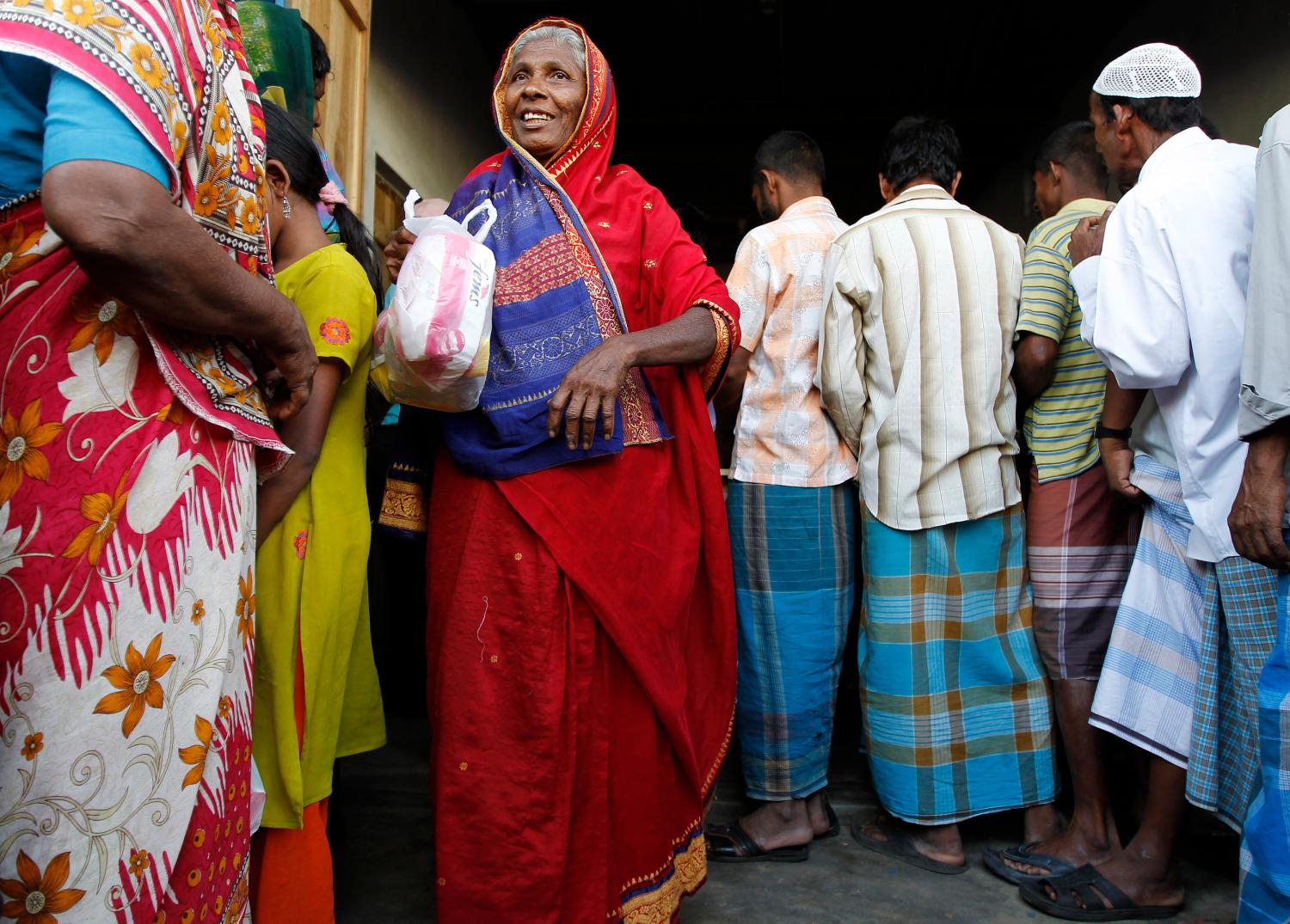INTRODUCTION
There is a wide body of research aimed at better understanding differences across gender in welfare outcomes, and the implications of those differences – in particular the extent to which female outcomes are disadvantaged – for economic development. Women’s rights have improved in general in the past few decades, but there are large differences across regions of the world and across countries within them. These differences, in turn, may have implications for the way in which these countries and regions develop.
We aim to contribute to this work by looking at differences in reported well-being across genders around the world. We examine differences across genders within countries, comparing age, income, education, and location (urban versus rural) cohorts, and explore how those same within-country differences vary across countries of different development levels.
The economics of happiness is a relatively new approach which uses surveys of reported well-being to establish the income and non-income determinants of human well-being, as well as to understand the effects of environmental and policy conditions. While happiness is the commonly used colloquial term, well-being is a more comprehensive term implying the many dimensions of human well-being, and is ultimately the subject of our inquiry.
The factors affecting well-being that can be studied include environmental quality, inequality, commuting time, inflation and unemployment rates, trust in local and national institutions such as the judiciary, law enforcement, elections, media, and the quality of governance, among others. Presumably any or all of these could have quite different effects across genders.
The approach is particularly well-suited to addressing questions that standard revealed preferences approaches in the economics literature do not answer very well, such as situations where individual choice is limited, as is in the context of strong gender discrimination. Two sets of questions are the subject of the authors’ ongoing research and are relevant here. The first is the welfare effects of macro and institutional arrangements that individuals are powerless to change. The second is the explanation of behaviors that are driven by norms (including low expectations), or by addiction and self-control problems. As such, the approach may be helpful in exploring differences in well-being across genders, both in the aggregate and in country or region-specific contexts where women’s rights may be constrained or compromised.
Neither of the authors is an expert on gender issues. Our aim is to provide data on gender-specific well-being trends which is novel and hopefully useful to those who are. We build from our earlier work on well-being in general (1-4). Our research is based primarily on data from the Gallup World Poll (2005-2011) and measuring subjective well-being based on Cantril’s ladder of life question. We also discuss our results in the context of the work of other authors based on different surveys.
One of the key themes that runs through our findings here, which is also a theme in our earlier work (1-4), is the extent to which, while well-being is, on average, higher in places with higher levels of per capita income and the associated benefits, the changes in the development process that are associated with achieving those higher levels are not necessarily associated with higher levels of well-being, at least in the short-term. Indeed, those changes are often accompanied by significant public frustration and a resulting in loss of well-being. This theme also appears in some of the work of others that we review here on differences in gender well-being. While, on average, contexts which are more conducive to equal gender rights are typically associated with higher levels of well-being for women, the changes in norms and expectations that accompany changes in gender rights and roles can cause decreases in well-being, at least in the short term.




